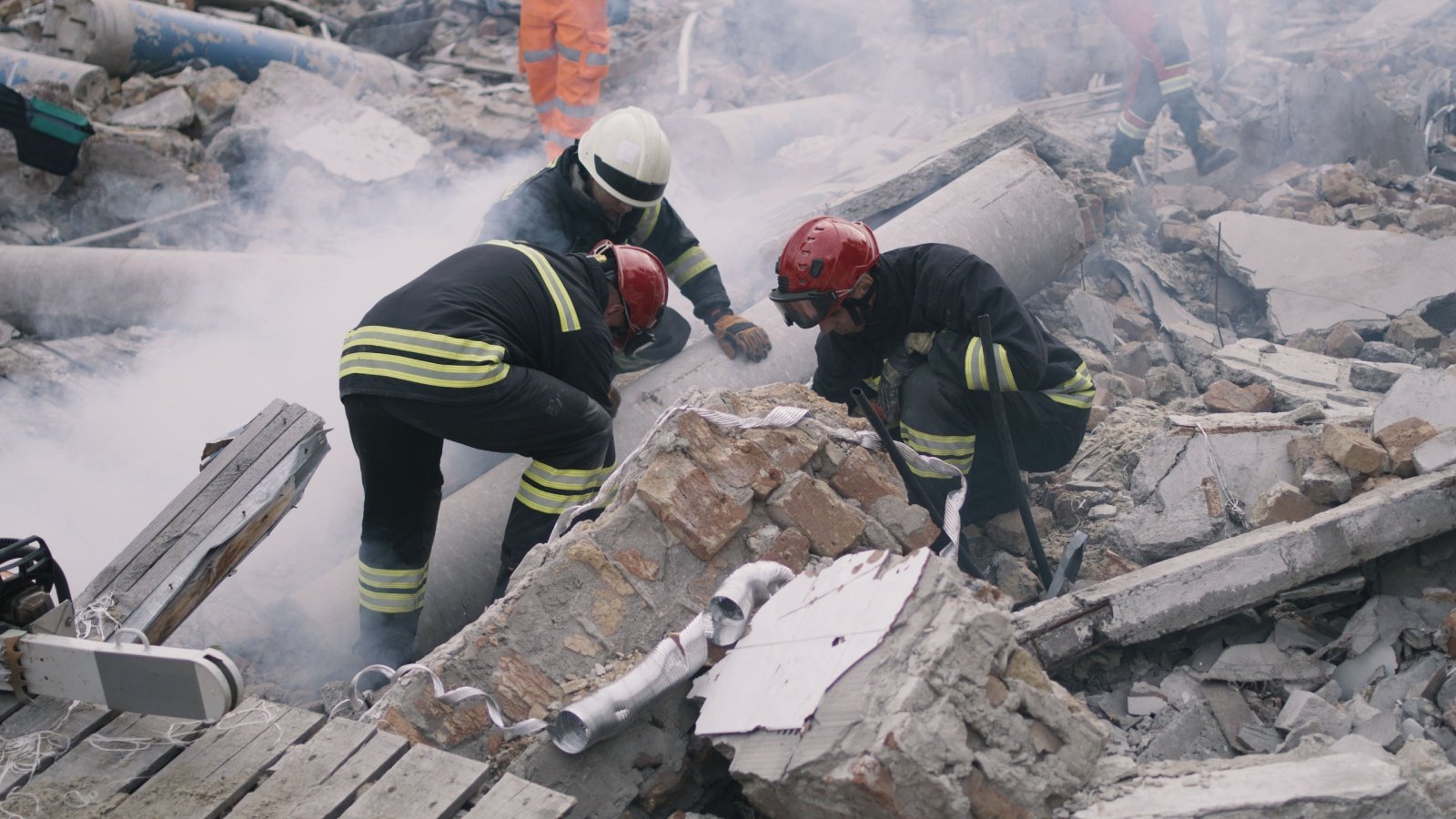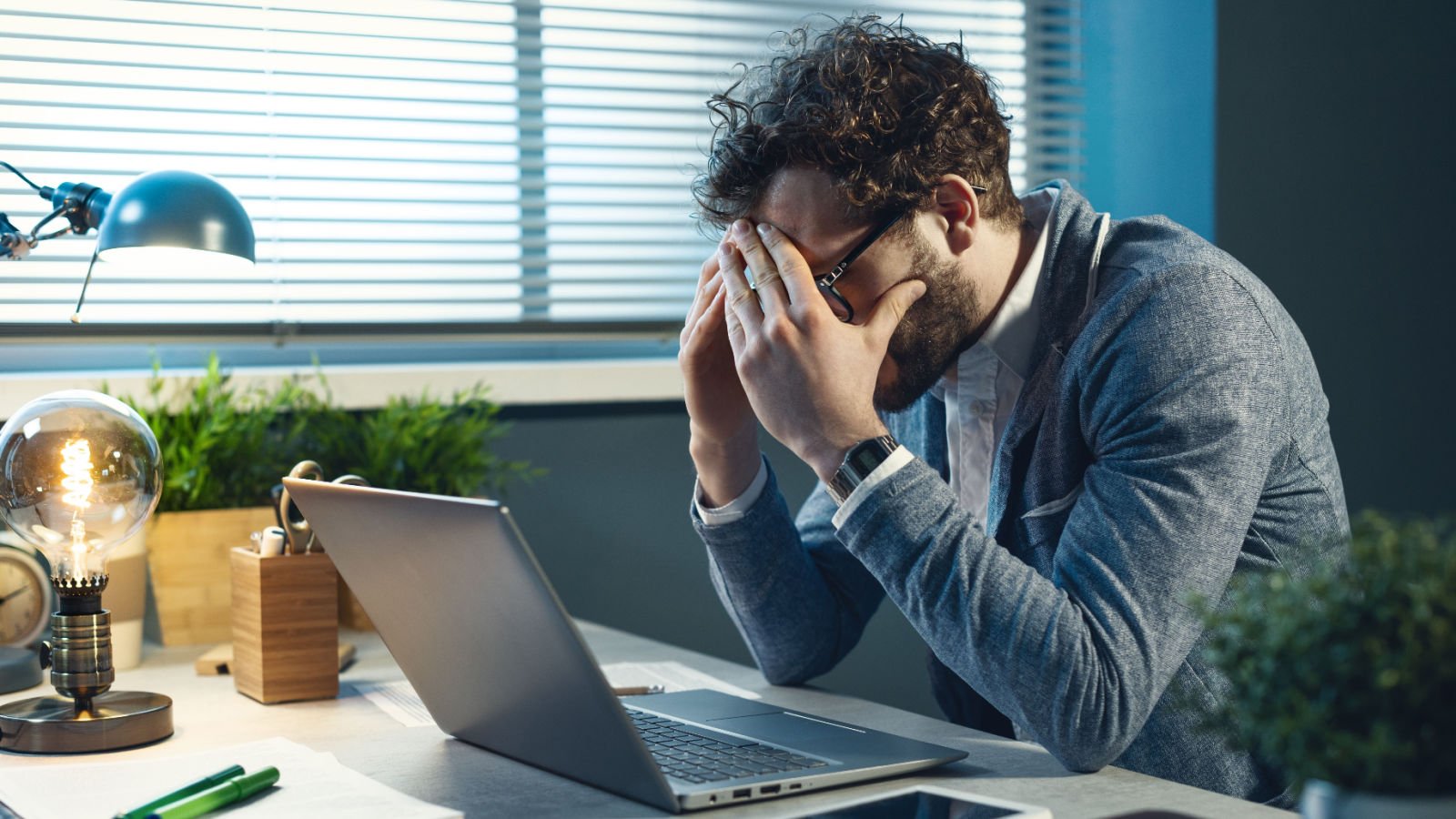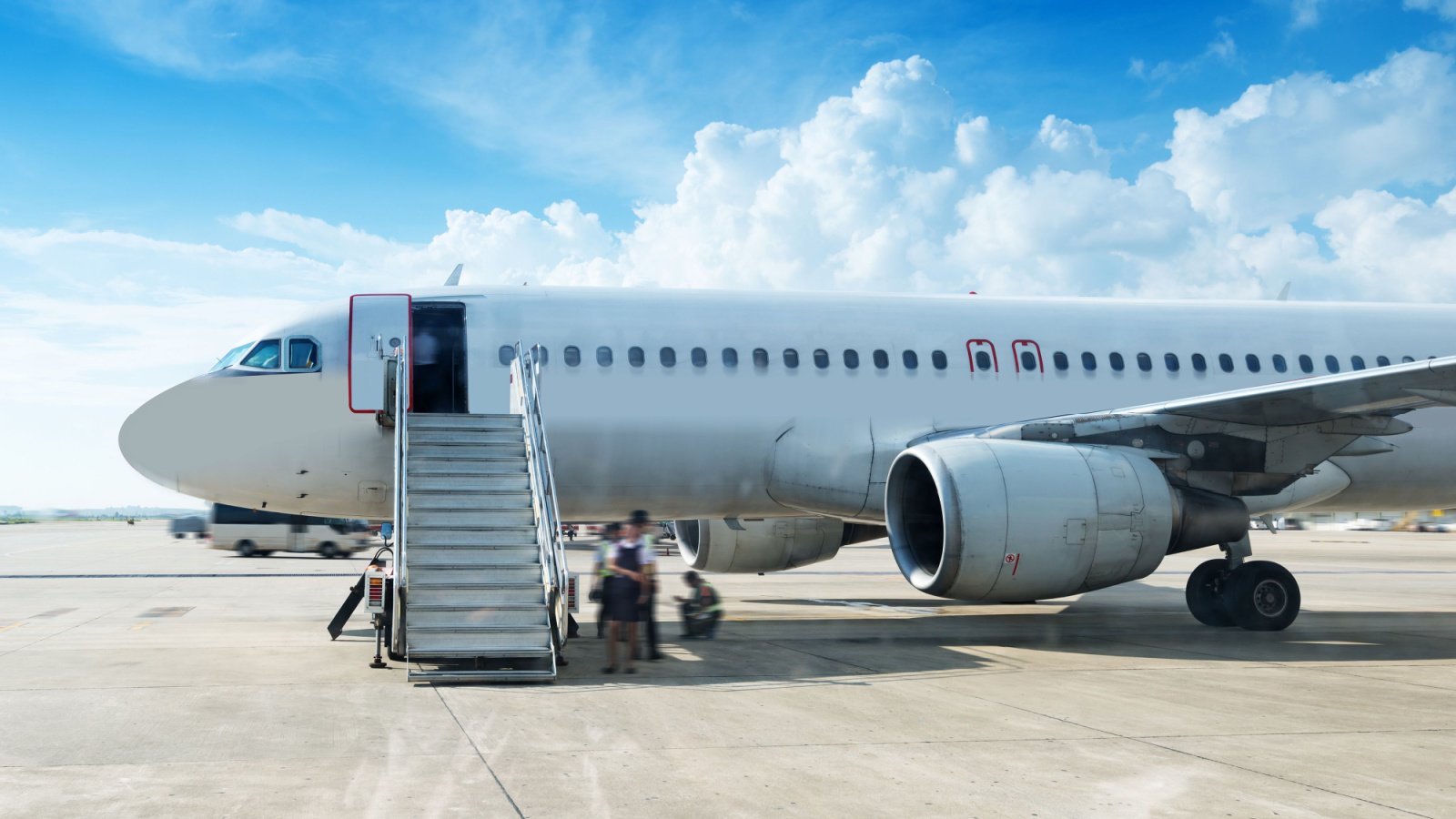Early Wednesday, a massive earthquake struck Taiwan, leading to fatalities, infrastructure damage, and concerns over the global supply chain due to the island’s role in semiconductor production. The catastrophe tests Taiwan’s disaster preparedness and the resilience of its high-tech industries like semiconductors.
Disaster Strikes at Dawn

Taiwan woke up to chaos and destruction as the strongest earthquake in 25 years hit during Wednesday’s morning rush. Nine lives were lost in the tremor, dozens of workers found themselves trapped in quarries, and residents were forced to flee through windows of crumbling buildings.
Widespread Havoc

The earthquake, leaving over a thousand injured, originated off Hualien County’s coast, turning buildings into leaning towers of despair. In Taipei, 93 miles away, the ground shook with such ferocity that tiles cascaded from buildings and schools hurriedly moved students to safety, donning yellow helmets and using books as shields against the relentless aftershocks.
Rescue Efforts Intensify

Rescue teams in Hualien were a beacon of hope, tirelessly searching for trapped souls while employing heavy machinery to secure the ruins.
Stranded but Safe

Amidst the chaos, a silver lining: seventy quarry workers were reported safe, though isolated by the quake’s destruction. Plans were underway to airlift them to safety, showcasing the resilience and quick thinking of the rescue services.
Heroic Rescues

The aftermath of the quake brought out acts of heroism, with neighbors and rescuers banding together to save those trapped. Television footage captured the heart-stopping moments of people, including young children, being carefully lifted out of danger through windows.
Unprepared for the Unexpected

Despite Taiwan’s familiarity with earthquakes, the intensity of this quake caught everyone off-guard. The nation, usually braced for such natural events, was shaken deeply, revealing vulnerabilities in the face of nature’s unpredictability.
A Personal Account

For Hsien-hsuen Keng, a resident of Taipei, the quake was a terrifying awakening. Accustomed to tremors, this quake’s ferocity brought him to tears, a stark reminder of nature’s might and the fleeting nature of security.
Tragic Morning

Before the clock struck 8 a.m., Taiwan was shaken by a devastating earthquake, claiming at least nine lives, as reported by the national fire agency. Among the victims, the United Daily News highlighted, were three hikers caught in rockslides within Taroko National Park, and a van driver who met a tragic end under the weight of falling boulders.
Tsunami Scare

The tremor briefly stirred fears of a tsunami, prompting an alert that was eventually retracted. Relief washed over the island as the warning was lifted, avoiding further calamity.
Widespread Injuries and Stranded Souls

Over a thousand individuals sustained injuries in the quake’s wrath. The disruption extended to communication networks, severing contact with 50 hotel staff en route in minibusses through the national park, leaving a handful to navigate back on foot and the rest awaiting rescue.
Infrastructure in Peril

The quake unleashed 24 landslides and inflicted significant harm on the island’s infrastructure, affecting roads, bridges, and even the national legislature. Minor damages were also observed at Taoyuan’s main airport, a vital gateway just south of Taipei.
City Under Siege

Hualien’s Mayor, Hsu Chen-wei, reported substantial damage to 48 residential buildings within the city, prompting swift actions to restore essential services like water and electricity. The community braced itself for the rebuilding efforts that lay ahead.
Measuring the Impact

Differing in magnitude between Taiwan’s own earthquake monitoring agency and the U.S. Geological Survey, the quake’s epicenter was identified off the coast of Hualien. The quake, followed by a series of aftershocks, underscored the island’s vulnerability to nature’s unpredictability.
Paralyzed Transport

The earthquake rendered the east coast’s traffic to a halt, with landslides and debris obstructing major routes. Island-wide, train and subway services in Taipei were suspended, showcasing the quake’s far-reaching impact on daily life.
Resilience in the Face of Adversity

Despite the initial chaos, Taiwan’s preparedness for earthquakes, marked by rigorous drills and a comprehensive alert system, proved effective. Seismologist Stephen Gao praised the island’s readiness and infrastructure resilience as among the world’s best, a testament to Taiwan’s enduring spirit against natural disasters.
Life Resumes in Beitou

By midday, the pulse of life in Beitou’s metro station had returned, echoing with the hustle of commuters and tourists drawn to the suburb’s famed hot springs and scenic trails around a dormant volcano. The resilience of the community was palpable, undeterred by the morning’s seismic events.
Quake Felt Far and Wide

The tremors of the earthquake reached beyond Taiwan, stirring sensations as far away as Shanghai and China’s southeastern provinces. This geographical reach underlines the closeness of China and Taiwan, separated by a mere 100 miles.
Tsunami Aftermath

Japan’s shores felt the quake’s effects, with a minor tsunami touching Yonaguni Island, and smaller waves observed on Ishigaki and Miyako islands. By the afternoon, all tsunami warnings had been retracted, bringing relief to the region.
Taiwan’s Seismic Struggles

Situated on the Pacific “Ring of Fire,” Taiwan is no stranger to the earth’s tremors, hosting a significant portion of the world’s seismic activity. This geographical fate subjects the island to frequent earthquakes, weaving a complex history of natural challenges.
Recalling Past Tragedies

Hualien’s memory is scarred by a 2018 earthquake that claimed 17 lives and razed a historic hotel. The shadow of the 1999 disaster looms larger, with its devastating toll of 2,400 lives lost and extensive structural damage, marking it as Taiwan’s most catastrophic quake in recent memory.
Economic Tremors

The quake’s economic repercussions are uncertain, but given Taiwan’s crucial role in the global tech industry, particularly as a top producer of advanced computer chips, the impact could ripple through the supply chain.
Disruptions in the electricity grid threatened to further complicate matters, posing a risk to the high-tech sector’s delicate operations.
Industry on Alert

TSMC, a titan in the semiconductor industry, took precautionary measures by evacuating some of its Hsinchu facilities. Despite the quake, the city’s critical infrastructure remained intact, ensuring that water and power supplies to the science park’s factories were maintained.
Stock Market Fluctuations

In the quake’s wake, the Taiwan Stock Exchange showed remarkable resilience, opening its doors as usual. The market’s fluctuations mirrored the nation’s shaken but steadfast spirit, navigating through losses and gains in the shadow of the natural disaster.








